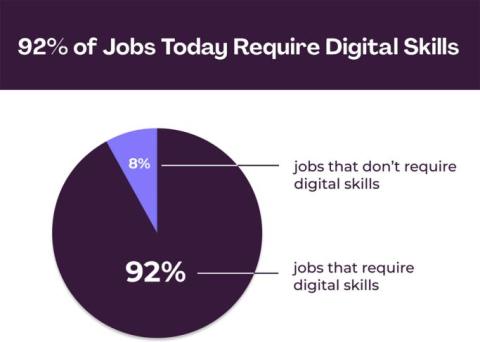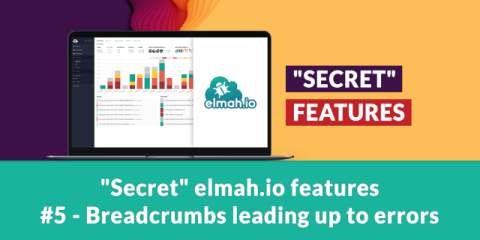The Secret to Enterprise Observability: Automation & Configuration Management
Computing environments are more dynamic, distributed, and complex than ever. Observability tools help collect, monitor, and interpret the data they generate — like logs, metrics, and traces — to give IT teams and leaders real-time insights that can help detect issues, troubleshoot solutions, and improve the reliability of their IT systems. But observability tools can’t do their job without a strong infrastructure foundation and the right tools to manage it.











